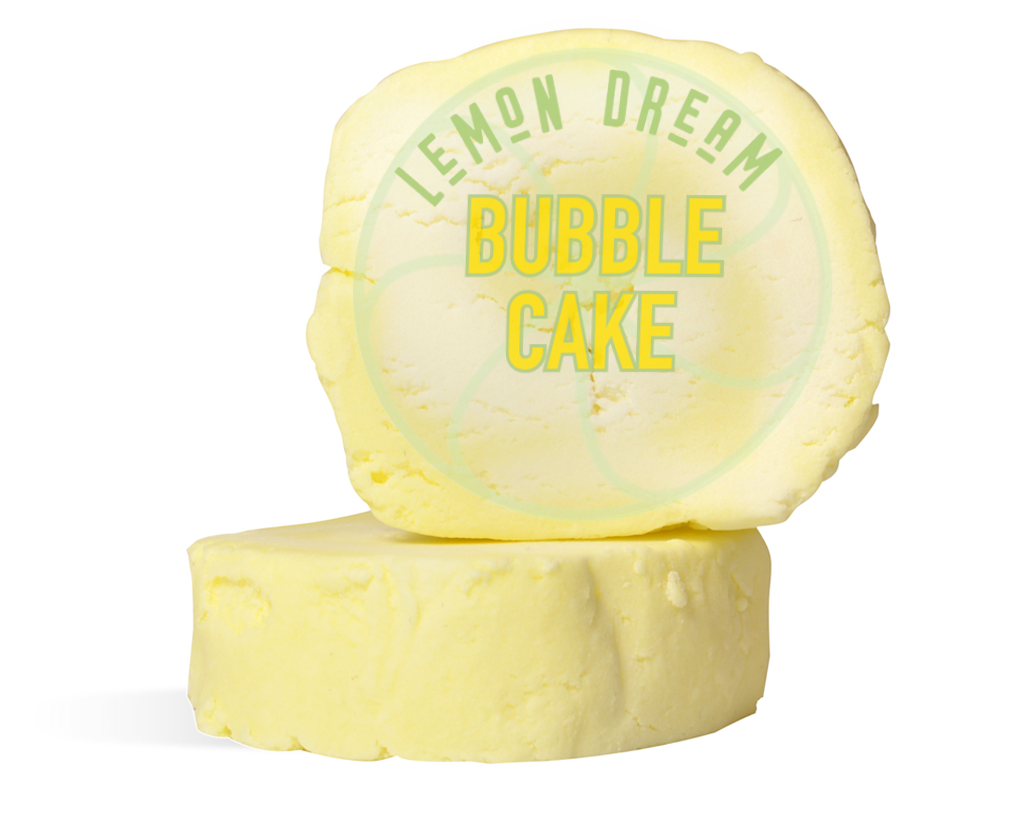Bath Bombs/Fizzies & Bubble BarsUpdated a year ago
What are Bath Bombs/Fizzies?
Bath bombs/Fizzies are hard-packed mixtures of mostly dry ingredients which effervesce when wet. They are designed to take relaxing bath time to a completely new level. They are a fun luxury that is best described as fireworks for you bath.
Fun Fact: It all started with Lush Cosmetics back in 1988. The company’s founders were busy tinkering around and developing new products; as they were fascinated with the fast-fizzing action of Alka Seltzer, and bore the bath bomb. A compact package of bicarbonate of soda, citric acid, colorings, butters and fragrance created a fan favorite and takes the washing experience to a new level.
What is a Bubble Bar?
A Bubble Bar is essentially the solid form of bubble bath product. They generally come in discs or brick-like shapes and are typically smaller than bath bombs.

Bath Bombs/Fizzies VS. Bubble Bars
Although similar in ingredients and texture, the objective of both products vary. The purpose of the bubble bar is to create mounds of bubbles on top of the water, whereas the bath bomb is designed to fizz under the water whilst also creating mesmerizing patterns of color.
What makes them fizz?
The mixture of baking soda and citric acid ignites a fizzy reaction when they come in contact
with water. Bath bombs will get less effective as time goes on. The fresher they are, the faster they'll fizz. To give them extra fizz, you can add Lathanol LAL Course to the batch (Better known to the Bath Bomb community as SLSa).
What are they made of?
Bath Bombs and Fizzies can contain endless additives such as natural moisturizers of different oils and butters, milk powders, arrow root powder, clay, cornstarch, essential oils, fragrances, salts, bath tea, toys, etc… Each bomb is hand pressed into a mold resulting in a compound mixture of ingredients. You drop the bomb in your warm bath and it will begin to fizz, and bubble with colors and scents of nature and voila!
These luxurious products only take a few moments to make, so it is important to have the ingredients on hand and measured before you get started.
Baking Soda-The backbone of this recipe is alkalizing baking soda. It is a necessary
complement to the acidic citric acid and part of the fizzing reaction.
Citric Acid-necessary for the fizzing reaction that makes bath bombs feel like bathing in champagne.
Corn Starch, Kaolin Clay or Arrowroot-Corn starch provides the silky feel that we all
love from bath bombs and can also lend to hardening. Kaolin Clay and Arrowroot
also work to help harden but doesn’t provide quite as silky of a finished product.
Oil-Pick a simple oil like olive oil, almond oil or coconut oil or get more fancy with Sea Buckthorn oil, Argan oil, Jojoba oil or Apricot oil.
Salt-Stick to basic salt or take it up a notch with epsom salt or to help provide a soothing bath.
Liquid-Basic water works, but most people use which hazel or rubbing alcohol as a binder for the dry ingredients.
Scents, Colors, & Optional Additives
This is where the options get endless. Use your favorite essential, fragrance or hydrosol, add dried herbs or flowers, yogurt powders, coloring toys, etc…
Color: Per FDA regulation, you must use an approved color since the color will come in
contact with sensitive areas. Keep in mind that bath bomb, bubble bars and bath salts are all intended for soaking and would all fall under the same category as lips and eyes in regards to color because it focuses on any surface of the body that has a mucous membrane. With that said there are some colors that are not safe for bath use (most blues and greens are not safe). The website details which colors are safe and which colors should be avoided in bath water under the approved uses category in each of the colors here.
Tips
~To help the color and oil mix into the bath water rather than pooling on top, we recommend adding the emulsifier Polysorbate 80. This will help color and oil to wipe out of the tub easier. We strongly recommend only using ¼ tsp per pound of base. Using too much color may cause staining. Test your final product to ensure optimal performance and no staining.
~Protect work areas and clothing when mixing.
~If using bath bomb colors, the colorant must be batch certified if the product is intended
to be sold. At this time we certify bulk bath bomb colors. Bath bomb colors that are
broken down into smaller sizes are not batch certified and cannot be used in cosmetic
products that will be sold.